When it comes to plumbing projects, leaks, and loose connections can be a major headache. That's why it's important to use a pipe sealant to secure threads and joints. This simple yet effective solution can save you time and money in the long run by preventing leaks and ensuring a tight, secure fit.
What is pipe sealant and how does it work?
Pipe sealant is a type of adhesive that is used to secure threads and joints in plumbing systems. It is typically made from a combination of resin, solvent, and filler materials, and is designed to create a tight, leak-proof seal between two surfaces. When applied to the threads or joints of a pipe, the sealant fills in any gaps or imperfections, creating a strong bond that can withstand pressure and prevent leaks. Some types of pipe sealant also contain compounds that help to lubricate the threads, making it easier to tighten and secure the connection.
The importance of using pipe sealant for preventing leaks
Pipe sealant is essential for preventing leaks in plumbing systems. Without it, even the smallest gap or imperfection in a joint or thread can lead to a leak, which can cause damage to your property and increase your water bill. By using pipe sealant, you can create a tight, secure bond between two surfaces, ensuring that your plumbing system remains leak-free and functioning properly. Additionally, pipe sealant can help to extend the lifespan of your pipes and fittings, as it provides an extra layer of protection against corrosion and wear.
Different types of pipe sealant and which one to use for your project
There are several types of pipe sealant available, including Teflon tape, pipe dope, and anaerobic sealant. Teflon tape is a thin, white tape that is wrapped around the threads of a pipe to create a tight seal. Pipe dope is a paste-like substance that is applied to the threads of a pipe before it is screwed into place. Anaerobic sealant is a liquid sealant that hardens when it is exposed to air. Each type of sealant has its own advantages and disadvantages, so it's important to choose the right one for your project. For example, Teflon tape is best for small, low-pressure connections, while anaerobic sealant is better for larger, high-pressure connections. Some products, such as Loctite 567, are general-purpose instant pipe sealants that are suited for taper/taper threads. If you are working with straight/straight or taper/straight threads, however, you need a different product, such as Loctite 577. Also, make sure your pipe thread sealant is suited for the materials you are working with.
How to properly apply pipe sealant to ensure a secure connection
Properly applying pipe sealant is crucial to ensuring a secure connection. First, make sure the threads and joints are clean and dry before applying the sealant. For Teflon tape, wrap it around the threads in a clockwise direction, making sure to overlap the tape slightly. For pipe dope, apply a thin layer to the threads using a brush or your finger. For anaerobic sealant, apply a small amount to the threads and then screw the pipe into place, allowing the sealant to spread evenly. Be careful not to overapply the sealant, as this can cause it to squeeze out and create a mess. Finally, make sure to tighten the connection properly to ensure a secure seal.
Tips for troubleshooting and fixing leaks even with pipe sealant in place
While pipe sealant can greatly reduce the risk of leaks and loose connections, it's important to know how to troubleshoot and fix any issues that may arise. If you notice a leak, first check to make sure the connection is properly tightened. If it is, try tightening it a bit more to see if that stops the leak. If the leak persists, you may need to disassemble the connection and reapply the sealant, making sure to clean and dry the threads and joints thoroughly before doing so. If you're still having trouble, it may be best to consult a professional plumber to ensure the connection is properly secured.

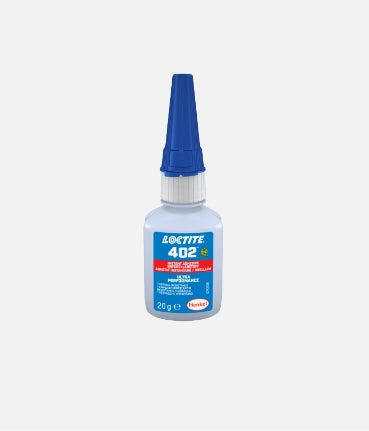
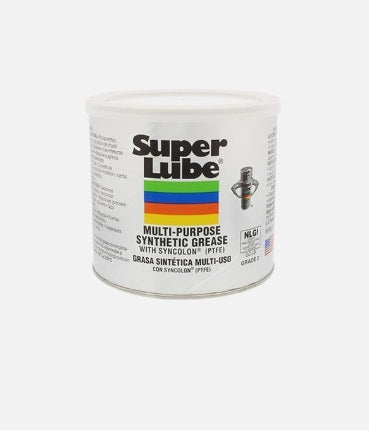
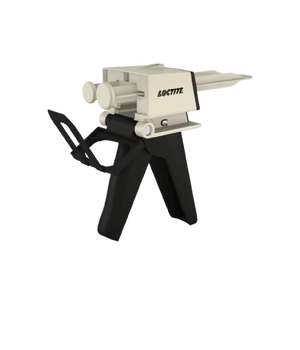

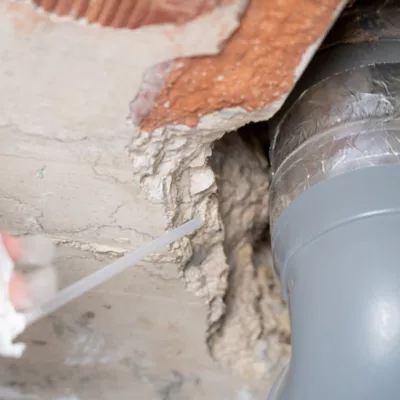
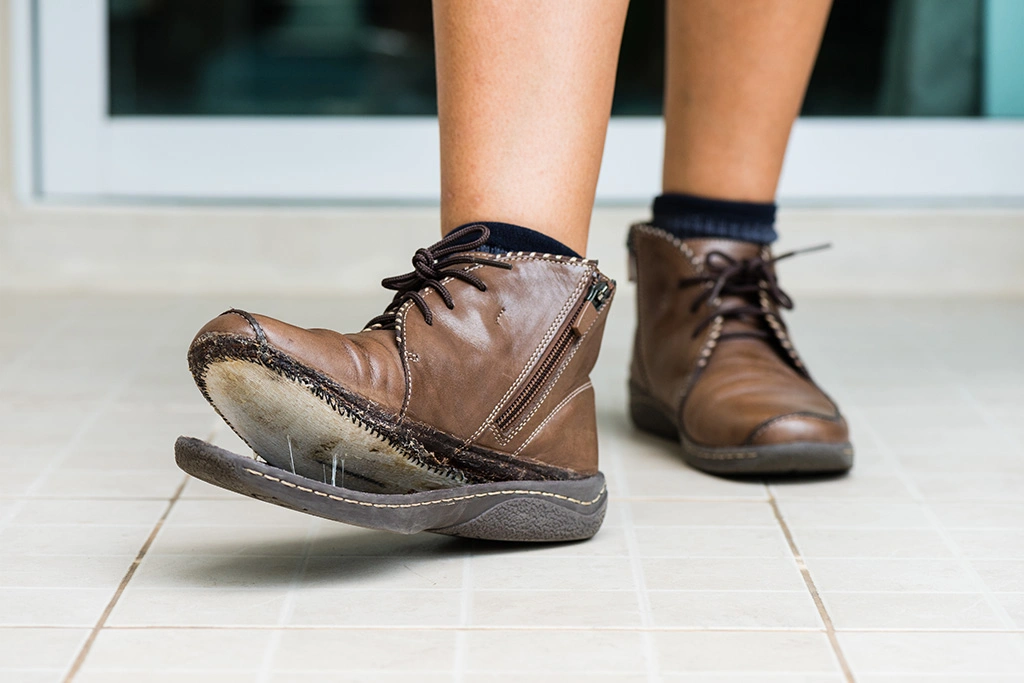
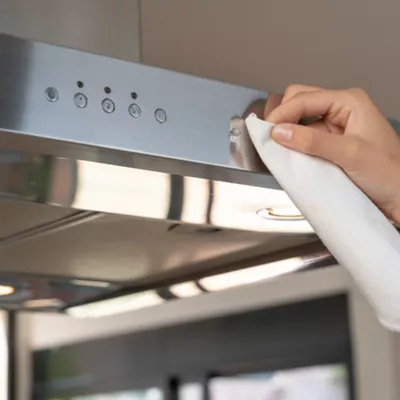
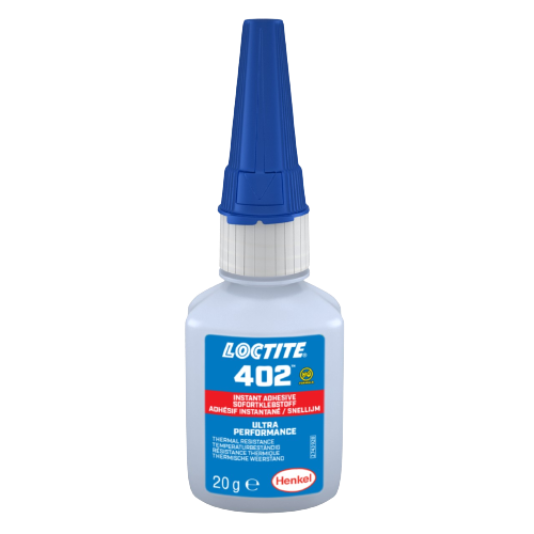
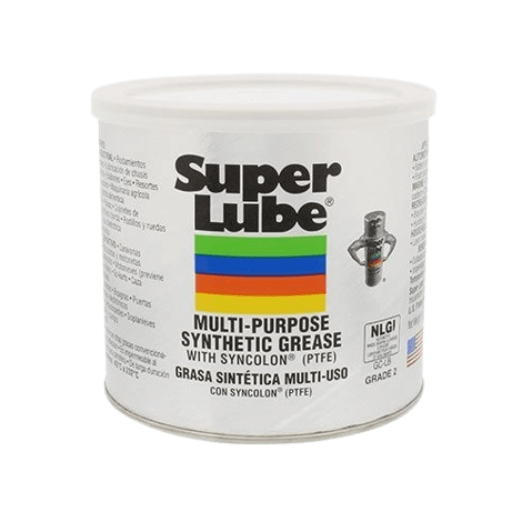

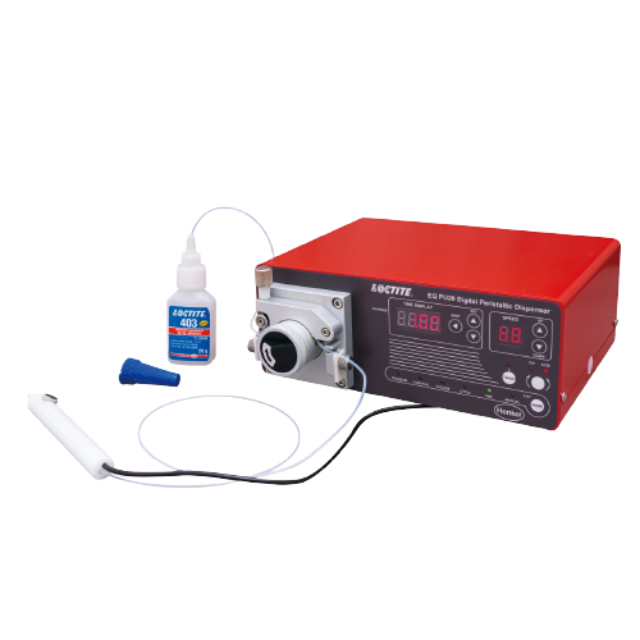
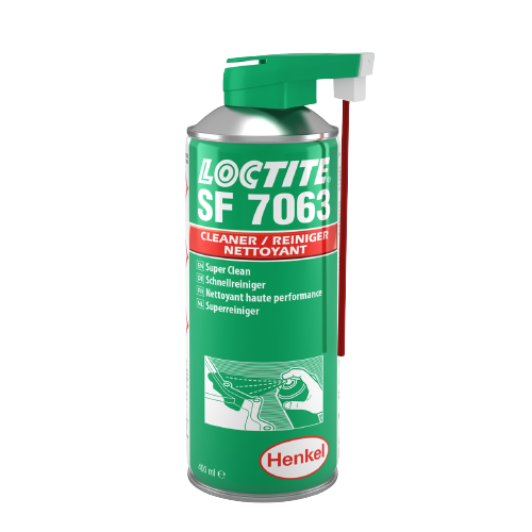
Leave a comment
All comments are moderated before being published.
This site is protected by reCAPTCHA and the Google Privacy Policy and Terms of Service apply.